| Stating
this, Chief of Naval Staff Admiral Robin Dhowan told India
Strategic in an interview that notwithstanding the delay in the past,
various projects, particularly that of the submarines, were on the move now. The
construction of six Scorpene submarines at the Mazagon Dock Ltd. (MDL) for that
matter “has picked up speed” and the Navy hopes to get the first one in 2016 and
the last by 2020. He said that the construction was now being monitored
at the highest level – at the Chief’s level, that is – and that “all major impediments
to progress construction of the submarines have been overcome and the pace of
construction has been stepped up. “There is good news on this front, with the
construction of six P-75 submarines at Mazagon Docks Ltd, Mumbai, picking up speed”
and “I expect the first Scorpene submarine to be delivered by Sep 2016, and the
entire Scorpene fleet by 2020.” The six submarines under Project 75 are
being built under a technology transfer agreement from the French company DCNS
under a contract signed nine years ago in 2005.
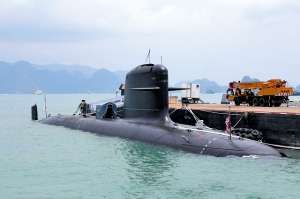
MDL has set up modern facilities
and hi-end computers to make all the six submarines, and DCNS has also helped
the state-run Indian company in identifying Indian suppliers for progressively
increasing the local content. The last two of these submarines could be fitted
with an Air Independent Propulsion (AIP) system being developed by Defence Research
& Development Organisation (DRDO), if found suitable. The system is under development
at a DRDO facility in western India.
DCNS has also offered to install AIP, but if DRDO can develop it indigenously,
even with foreign collaboration, it would be that much better. In fact, it would be a technological milestone for India's ship-building industry.
AIP is a plug, made of the same special steel that the submarine is made of, and also of the same diameter.
It generates oxygen internally to help recharge the boat's batteries.
Submarines are required to periodically
come up to the surface for air intake to recharge their batteries but an AIP unit
can reduce this necessity and enable a boat to stay hidden underwater for longer
durations. Timelines though depend upon capability and efficiency of these units.
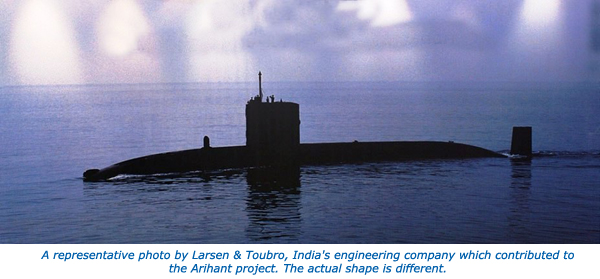
Admiral
Dhowan observed that the Navy has “a longer term, comprehensive and ambitious
submarine building programme, with a significant indigenous orientation.” The
submarine arm, he stressed, is central to the Indian Navy’s capability development
plan. Notably, the Government had given clearance in 2012 for a second
line of six submarines with AIP capability by issuing the procedural okay, technically
called Acceptance of Necessity (AON). That is the first vital step in acquiring
any platform or system for any of the three Services. But it is only now, in November
2014, that the Government finally gave the go-ahead for their construction in
Indian yards. This is being done under a programme designated as Project 75 (I).
Initially, the plan was to import two submarines from the selected vendor.
Now, it has been decided to make all the six boats in India as part of the Government’s
efforts towards creating a defence industrial infrastructure within the country.
It
may be noted that over the last couple of decades, most of India’s defence modernization
plans have suffered for one reason or another, and every time the Government is
nearing a decision, mostly motivated allegations spring up, triggering political
and bureaucratic hesitation. However, Admiral Dhowan said that the Government
had realized the problem and that due attention was now being paid to update naval
equipment. “The government is well seized of this issue, and the Indian Navy’s
modernisation plans are being progressed on priority.” Fast Tracking
“Several projects are now being fast-tracked to help make up for the
lost time,” he told India Strategic. 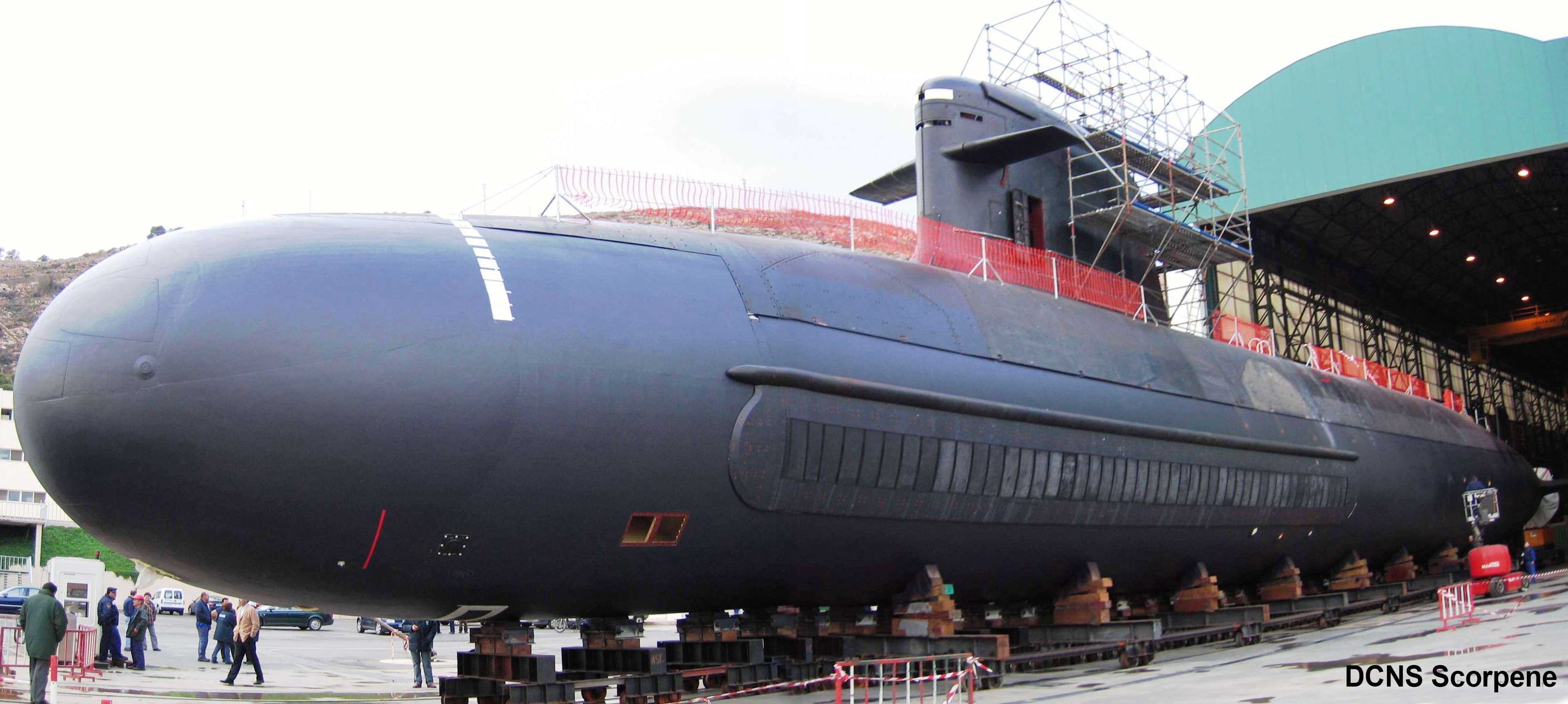
As
for the AIP-equipped submarines, he said that they will be constructed at a suitable
Indian Yard in collaboration with an identified foreign collaborator under Transfer
of Technology. Now that the Government has cleared the proposal, required steps
to progress the case are being taken. Said Admiral Dhowan: “This will be
a substantial boost to indigenisation in this critical sector. P-75(I) envisages
acquisition of six state-of-the art conventional submarines with high stealth
features, Air Independent Propulsion (AIP), and advanced weapons and sensors.”
Tendering for this fleet should be done soon. Nonetheless, it could be
years before the AIP-fitted boats are actually available to the Navy. But
he pointed out: “Considering the enormity of the project, in both technological
and financial terms, it will be handled expeditiously in accordance with comprehensive
guidelines.”
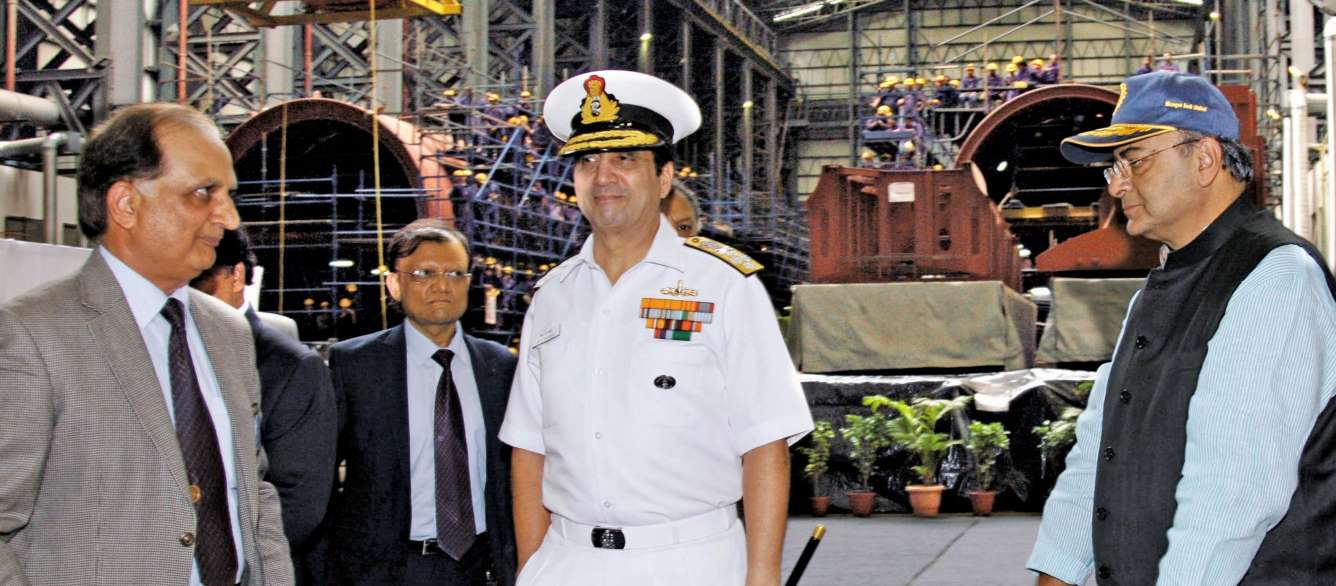
Besides DCNS, Spanish Navantia, German HDW, Swedish Saab Kokum, Japanese Soryu and Russian Rubin may be in fray
for collaboration in the new contract. The specifications of the Indian Navy will be out when the Request
for Proposals (RfP) - or tender - is floated in the near future. There are different technologies, some new
ones including from Japan based on lithium batteries.
The effort would be to go in for newer but cost-effective technologies, the Navy Chief said.
As for the current fleet of old Soviet and German origin submarines
with the Indian Navy, Admiral Dhowan said that measures were being taken to meet
the interim operational needs “by progressing a proposal for Medium Refit-cum-Life
Certification programme for a few of the older submarines, which will take us
through till the newer submarines are inducted.” 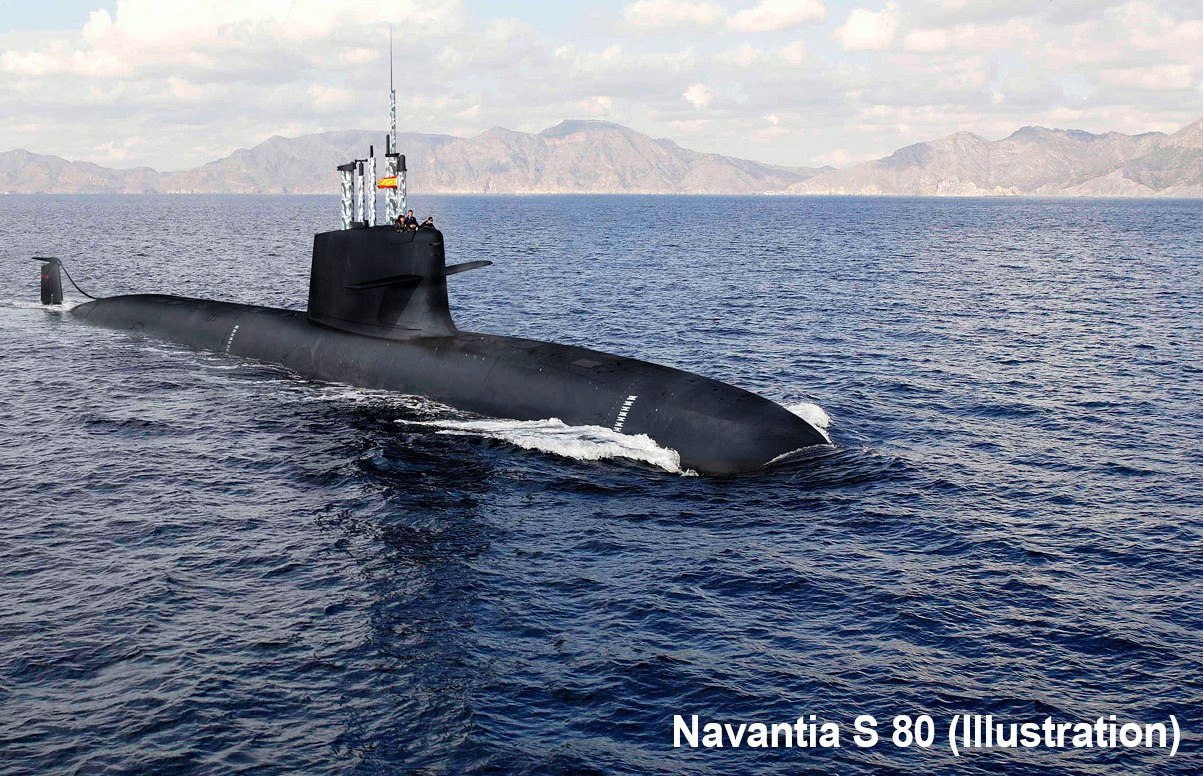
Asked
about India’s nuclear submarine programme, Admiral Dhowan said that harbor trials
of various equipment on board Arihant, India’s first indigenous nuclear-propelled-
nuclear-armed submarine –designated SSBN in naval parlance – are over and “the
submarine is being planned for sea trials.” “I am not saying soon but very
soon,” the Admiral said optimistically. Significantly, DRDO Chief Dr Avinash
Chander had told India Strategic
recently that the missiles and weapon systems for Arihant were ready after due
testing. But every system on board the black vessel was being checked and rechecked
by a team of nuclear scientists from the Department of Atomic Energy and DRDO
that also includes well-trained officers and sailors from the Navy, who will eventually
operate her far away from the shores. Arihant was launched on July 26,
2009, and its reactor achieved criticality in August 2013. Indian Navy
has one nuclear propelled but not nuclear armed (SSN) submarine, INS Chakra, on
lease from Russia. |